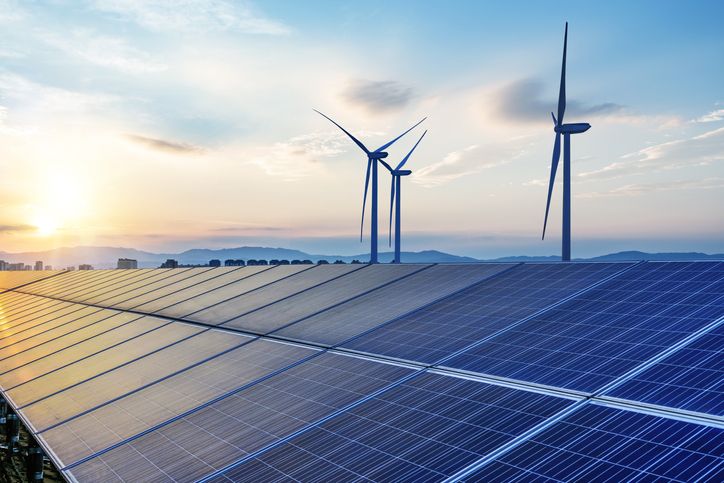Last year had relatively few hours of sunshine, but the wind blew quite strongly. However, curtailments by the grid operators resulted in some significant production losses for renewable energies. "The curtailments once again highlight the need to expand the grid," comments Markus W. Voigt, CEO of the aream Group.
It was an extremely gloomy end to the year: the sun barely made an appearance last December, and in northern Germany in particular, it was virtually invisible. According to the German Weather Service, the duration of sunshine was almost 30 percent below the average from 1991 to 2020, which not only depressed people's mood, but also the yields of photovoltaic systems. In Germany, the target achievement was only 62 percent. According to Voigt, the reasons for this were "significantly below-average hours of sunshine, coupled with snow and occasional work on the infrastructure".
In contrast, the population and green electricity producers fared better in southern Europe: Spain achieved a very good performance (110% target achievement) with average hours of sunshine. In Italy, storm damage from November, supply bottlenecks for spare parts and occasional snowfalls pushed production down to 92% of the target value.
The performance for the solar year 2023 as a whole has thus also been determined. In Germany, the target achievement remains at 88 percent. On the one hand, this was due to the relatively few hours of sunshine, with irradiation five percent lower than expected; on the other hand, curtailments by grid operators cost around four million kilowatt hours. "Both led to deviations in production of more than ten percent," says Voigt.
In Spain, good plant performance not only almost compensated for the few hours of sunshine, but also for curtailments amounting to around one million kilowatt hours. Result: 95 percent target achievement. Italy, on the other hand, achieved an overall annual figure of 93 percent. The result was negatively impacted by a shortage of spare parts, weather-related damage and solar irradiation that was seven percent below expectations.
The sun stayed away from Germany in December, but the wind blew strongly. German wind turbines exceeded their production targets by 15 percent. The performance for the year as a whole exceeded expectations by five percent. "The very good wind conditions throughout the year more than compensated for some minor technical issues and a six-month shutdown with a loss of yield of around 3.5 million kilowatt hours," says Voigt.
PRESSEKONTAKT:
Leandra Kiebach
T: +49 (0)211 30 20 60 4-2
E: lk@aream.de
